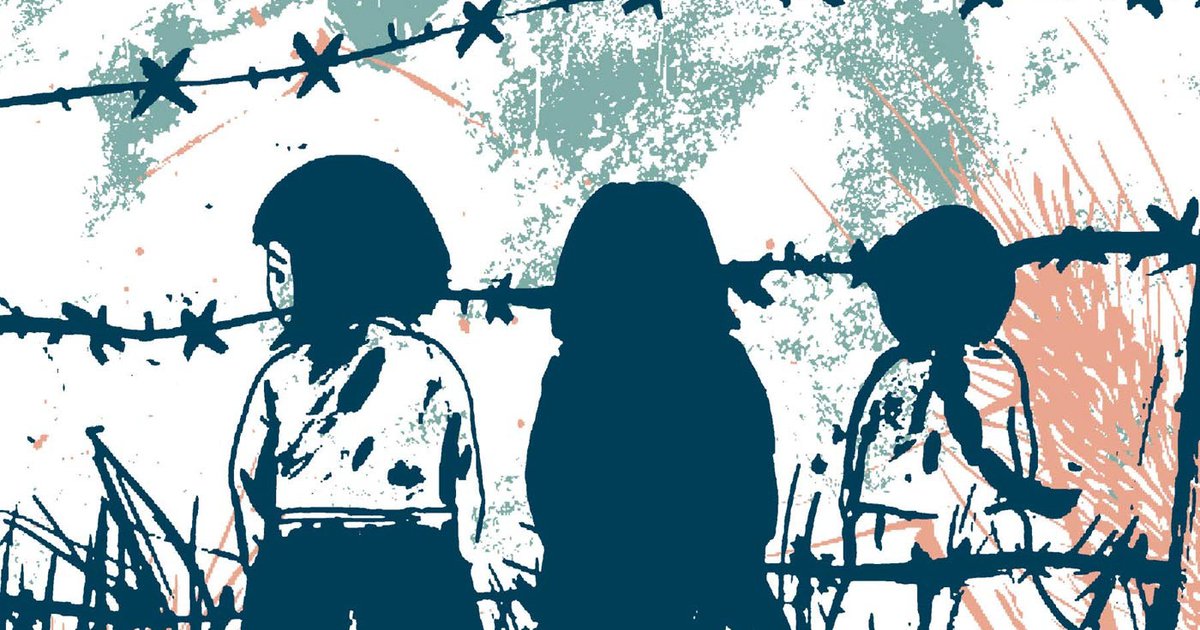

While more than 56,000 people are still registered with the Red Cross (the same number again have since died), each reunion is capped at just 200 individuals. But what chance does she have? Her name is never among those selected – and no wonder. Her hope rests on a Red Cross programme that every few years briefly reunites a small number of relatives under the eye of North Korean minders, they get to spend just a single day and night together. In 21st-century Seoul, Song Gwija, who fled her home in the north as the war broke out, only wants to see the son from whom she was separated during the long march south before she dies. Her story (translated by Janet Hong) is told in two time frames. Keum takes the reader inside some of the human heart’s most inaccessible chambers, places that are all but closed to most visitors – and yet she does so almost casually, the stark economy of her drawings no guide at all to their lasting emotive power. But I won’t compare my own experiences to those of its characters – they don’t even come close – and nor do I want to take anything away from her achievement in this book, her first since the award-winning Grass (a novel about a Korean girl who becomes a “comfort woman” during the second world war). I know that I brought some of my own stuff to this, an account – half fact, half fiction – of families separated by the Korean war, tears rolling down my face as I turned its inky pages.

Is this why I found Keum Suk Gendry-Kim’s masterly new graphic novel, The Waiting, so extremely painful to read? Perhaps. T hanks to the pandemic, most of us now know what it’s like to be apart from those we love: for the rest of our lives, we’ll remember the waiting and the longing, the fear of being forgotten.


 0 kommentar(er)
0 kommentar(er)
